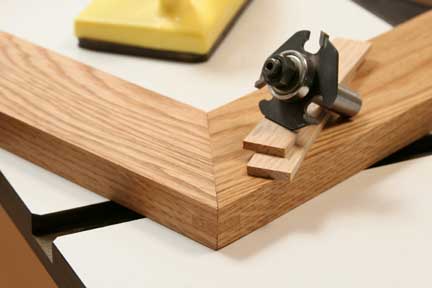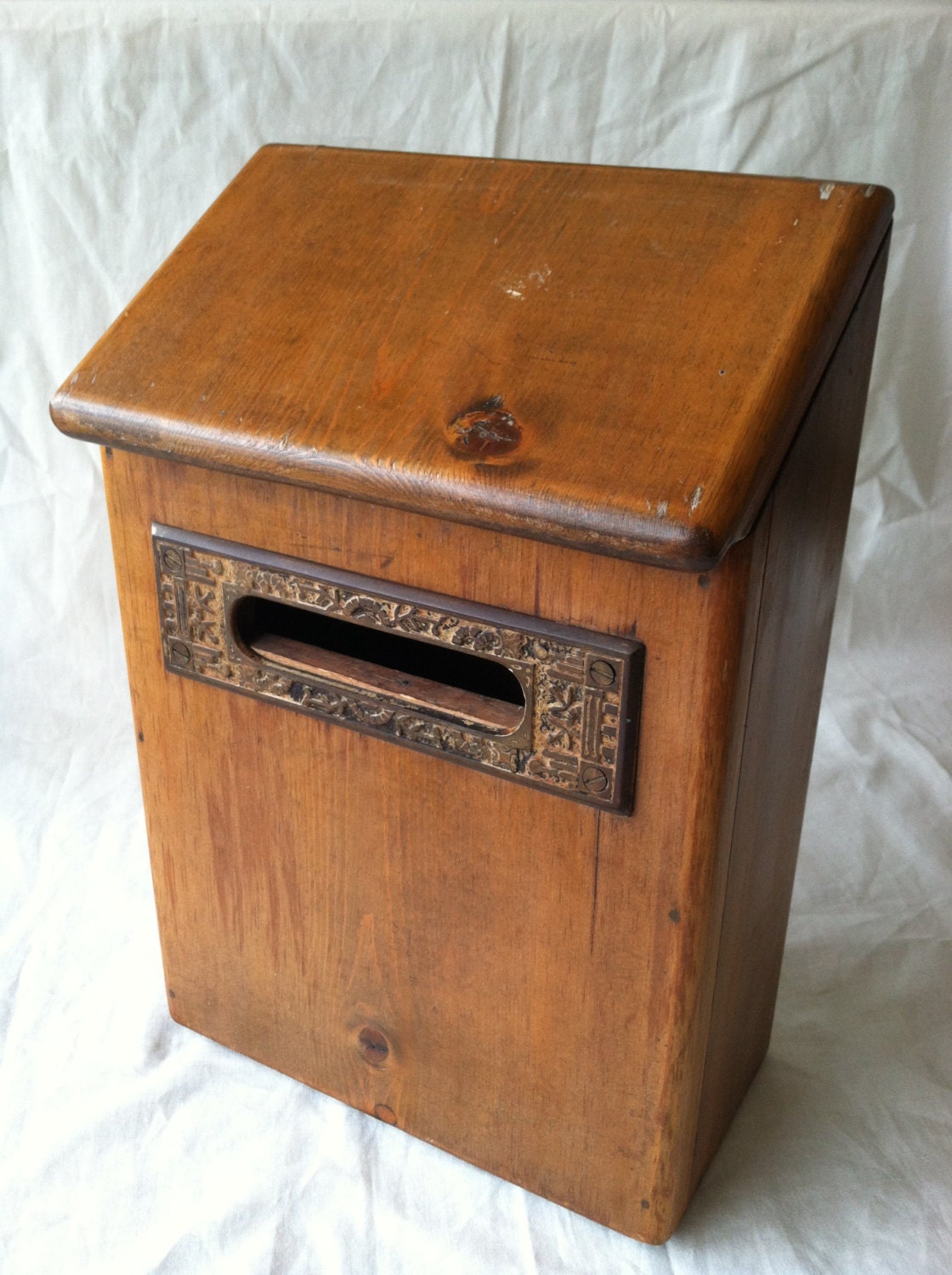How To Create A Slot In Wood
In woodworking a slot is a channel usually made to receive another piece. It is either designed to be a tight fit to hold something together like shelving or T&G flooring, or a sliding fit to permit things to move. A little research on vocabulary will tell us that a dado is a slot cut across the grain of the wood whereas a groove is a slot cut with the grain.
- How To Make A Slot In Wood With A Drill
- How To Make A Screw Slot In Wood
- How To Create A Slot In Wooden
- How To Make A Keyhole Slot In Wood
- How To Create A Slot In Wood Lathe
Keyhole slots are a great way to hang a picture or plaque on a wall and are cut using a router and a keyhole bit. Learn how to set up your router and cut a keyhole slot. There are a number of ways to make dadoes or grooves in wood. A longer groove or dado is probably best made using a router with a flat bit with no bearing and a router fence clamped to the stock. This is because a router cuts wood with an unguarded, spinning, high speed blade. Secure the Wood. Ensure that the fence edge is straight and smooth. Any nicks or bumps along the fence edge will affect your channel. When using a fence to cut wood, you will often need to additionally support the wood as it is machined.
Wood on wood sliding fits often get sticky because of expansion and contraction. Never use soap to get a slot to slip better because soap attracts and absorbs moisture and will end up making matters worse. Paraffin or candle wax is the right lubricant because it will not soak into the wood but will lubricate.
If you want to actually adjust the width of a slot to make it slip more easily you can make minor adjustments by sanding the edge with a fingernail file -- a great shop accessory. This is good sandpaper on a rigid board. If you want to do it mechanically, there is no better tool than the FEIN MultiMaster Oscillating Tool, a tool that does not rotate but simply oscillates in a vibrating type of action and has many blade choices from Japanese style wood cutting, to metal cutting, to polishing, sanding and grinding tools. For this task I would use the rigid carbide coated grinding blade for a square edge and total control. Yes I sell this tool and all of its blades in my store simply because it is difficult to find in stores and it has become one of my primary working tools.
People often ask me what is the best way to make slots in the first place as so many tools can accomplish this task. I prepared a comparative chart to see the differences in the primary speciality tools for making slots. The router with a good straight guide will make the most accurate and square slots. The traditional Chipper & Cutter stacked blade combination is a close second, except that its outer blades make a slight indentation in the bottom of the cut to prevent splintering. The convenient wobble washer will make a square cut at one width and at all other sizes it will create a curved bottom. Both of these saw blades make good quick utilitarian cuts for rough work but neither are really good enough for furniture grade joints where the bottom of the cut will be visible on the edge of the wood. Only a massive fixed dimension dado blade will make a cut equivalent to the router, but it is only really designed for making grooves, slots that go with the grain of the wood.
You can make slots with repeated passes of a table or radial arm saw and clean them up with a chisel, or for a job a good as the router, you can cut the exact width and rough out the depth with a saw blade and finish off with the original hand router. Yes, they still make hand routers, that strange bottom smoothing hand plane you see with the hooked blade that drops down to a controlled depth.
I originally had money in my bid to buy the Hema Chain Mortiser/Slot Cutter or Mafell Chain Mortiser/Slot Cutter for this timber framed, steel plate framed, barn in Portola Valley California. However, I had to lower may bid to get the job and I still needed a way of cutting the hidden 52 -- 3/8' x 8' deep steel knife plate slots in the timbers. I designed a slotter/mortise jig that I called the California Knife Plate Slotter - Mortiser for the 6x6 post and another jig that I called the Okie Knife Plate Slotter - Mortiser for the 5 1/2' x 9' GluLam Beams.This is the first time I've assembled a roof structure without using any nails. Not even a nail to tack the exposed post or beams together. I had more problems with the bolt hole layout than making the knife plate slots.
Steel Knife Plates
Kerf Plates
Flitch Plates
Steel Plate Framing
The chainsaw bar is attached to the jig with 3 -- 2 1/2' SDS screws thru the 1 3/4' x 2 9/16' piece of poplar wood. Then the 1 3/4' x 2 9/16' poplar wood is attached to the sliding box, 5 1/2' x 5 1/2', with about 6 -- 2 1/2' torque head screws. The 5 1/2' x 5 1/2' box was built with 1 1/8' thick poplar and assembled with the 2 1/2' torque head screws.
Picture with the 4 3/4' tall piece of wood that we used to align the top of the chain with the box. This allowed us to make a slot in the timber that was close to perpendicular with the end of the 6x6 timber. We would slot the 6' x 6' post with the chainsaw and then flip the post over to even out the slot in the post.
We used a 7/16' bell reamer drill bit to clean up the sides and bottom of the 8' deep slot. The 16' long steel knife plate are not perfectly flat-straight. Some of the knife plates have a 1/16' bend in the plate from the laser cut heat. So most of the slots we made were tapered from 1/2' to 7/16' to make the 3/8' steel knife plates fit correctly. We use shims in the slots on some of the knife plates, there weren't a tight fit.
The California Knife Plate Slotter - Mortiser has a depth gauge block in the jig. The knife plates are 16' long with 8' of the knife plate attached to each of the timbers. We set the depth block for an 8 1/4' deep slot. The ends of the steel knife plates should not touch the timber. We used the same depth gauge block for the 5 1/2' x 9' GluLam beams.
How To Make A Slot In Wood With A Drill
Not a precision slotter, but it's better than free handing the 3/8'x 4'x 8' knife plate slots and it has a depth gauge block so we don't cut the slots too deep. This picture of the Okie Knife Plate Slotter - Mortiser is for the 5' deep slot we had to make in the sides of the 6x6 post and for the 5' deep slots we had to make in the ends of the GluLam beams.
Erik slides the chainsaw into the router slot and I press down on the Okie knife Plate Slotter jig to keep the chainsaw cut parallel with the sides of the GluLam beams.

How To Make A Screw Slot In Wood
The depth gauge block is also used to keep the jig perpendicular to the cut.

To slot the 5 1/2' x 9' Rosboro X-Beam, we used a router jig with a 1/2' straight flute bit. For slots on the ends of the GluLam beams we slotted the beams 4' deep with a 5 1/2' straight flute router bit, an 1' at a time on the depth so we didn't break the router bit. Most of the knife plates are 4' wide. Some were 6' wide on top of the steel columns and 7 1/2' wide on the sides of the columns where the end of the GluLam beams attached. We routed out a 4 1/4' wide slot for the 4' wide knife plates, since the knife plates have a square edge.
We drilled a couple of holes at each side of the slot with an 7/16' drill bit attached to our ProTool drill guide. To remove the wood the chainsaw didn't-couldn't remove. We would have had the same problem with the Hema or Mafell Chain Slotter with the radius nose on the slotter.
